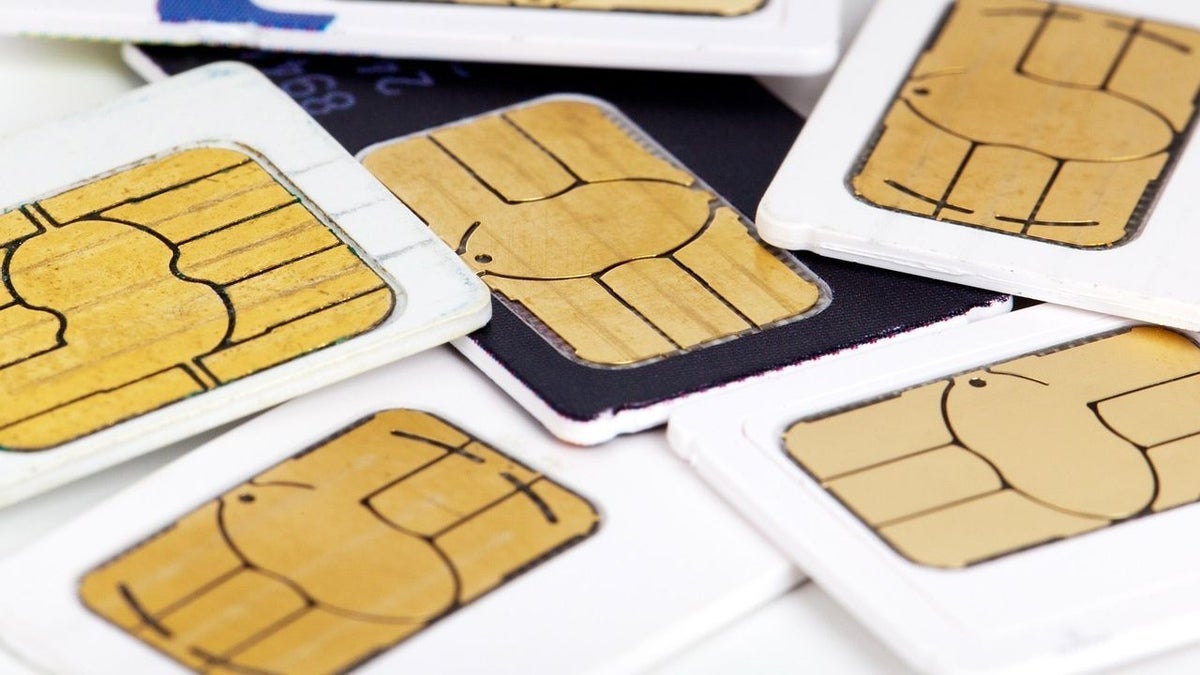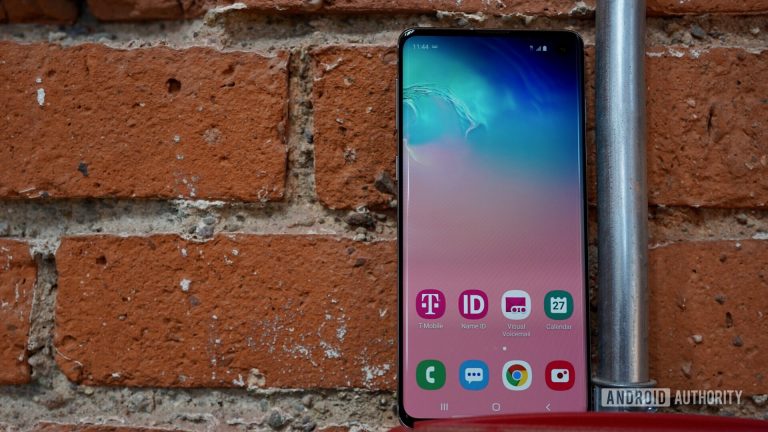T-Mobile SIM Swap Attack: Insider Theft or Outside Hack? Exclusive Details Revealed

So, you might’ve heard of SIM swaps, but are you really familiar with what they are? Essentially, it’s when a thief gets their hands on your SIM card and inserts it into their own phone. Once they’ve done that, they can change all your passwords and credentials, locking you out of your own device. And if you’re using two-factor authentication (2FA), they can use that against you too.
Here’s how it works: when the attacker puts your SIM card into their phone, any 2FA notifications will go to them, allowing them to type in the correct code. It’s like a green light for the bad guys, and it can happen even if you have 2FA enabled. This is because the verification process is based on the SIM card, not the actual user.
So, how do thieves get their hands on your SIM card in the first place? Well, one way is for them to walk into a carrier’s store and pretend to be you, asking for a new SIM card. Hopefully, most reps will ask for ID first, but we’ve heard of cases where they didn’t. Another method is for a paid-off rep to hand over a new SIM card to someone pretending to be you – because, well, they were paid to do so.
In fact, T-Mobile had a case last year where a rep was trying to help a scammer pull off a SIM swap attack on a customer’s account. The customer’s brother, a ride-share driver, was the victim of a SIM swap twice, and the first time it happened, the rep told him it was an “inside job” – an insider was responsible for the attack.
Recently, T-Mobile sent a letter to the customer confirming that their SIM number had been changed without their approval. The letter said that the SIM and wireless number were temporarily associated with an unauthorized device, and the carrier had fixed the issue by assigning the SIM back to the proper device.
So, what can you do to protect yourself from SIM swaps? First, be on the lookout for any notifications that your SIM card is no longer connected to your account number. If you receive one of these notifications, don’t hesitate – get to a working phone and call your carrier to report the SIM swap. You can also update your account with unique and strong PINs and passwords, and use facial recognition and multi-factor authentication on your device.
Oh, and did I mention that T-Mobile now offers a SIM Protection feature? It requires you to disable it before moving a SIM or eSIM to a new device, which can help prevent SIM swaps. But don’t get too complacent – this feature doesn’t work on eSIMs used with iPhone models, and only the primary account holder can remove it.





